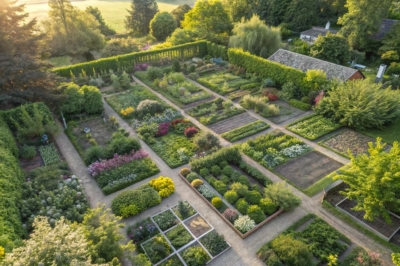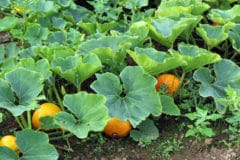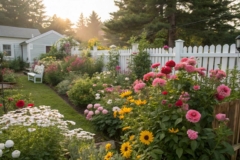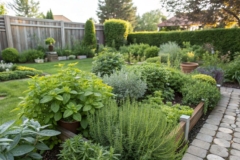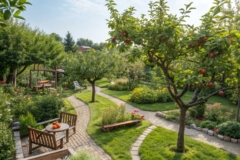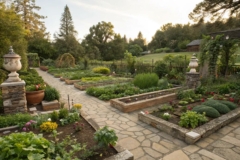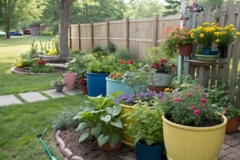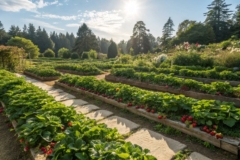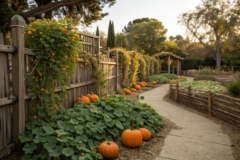1. The DIY Compost Zone
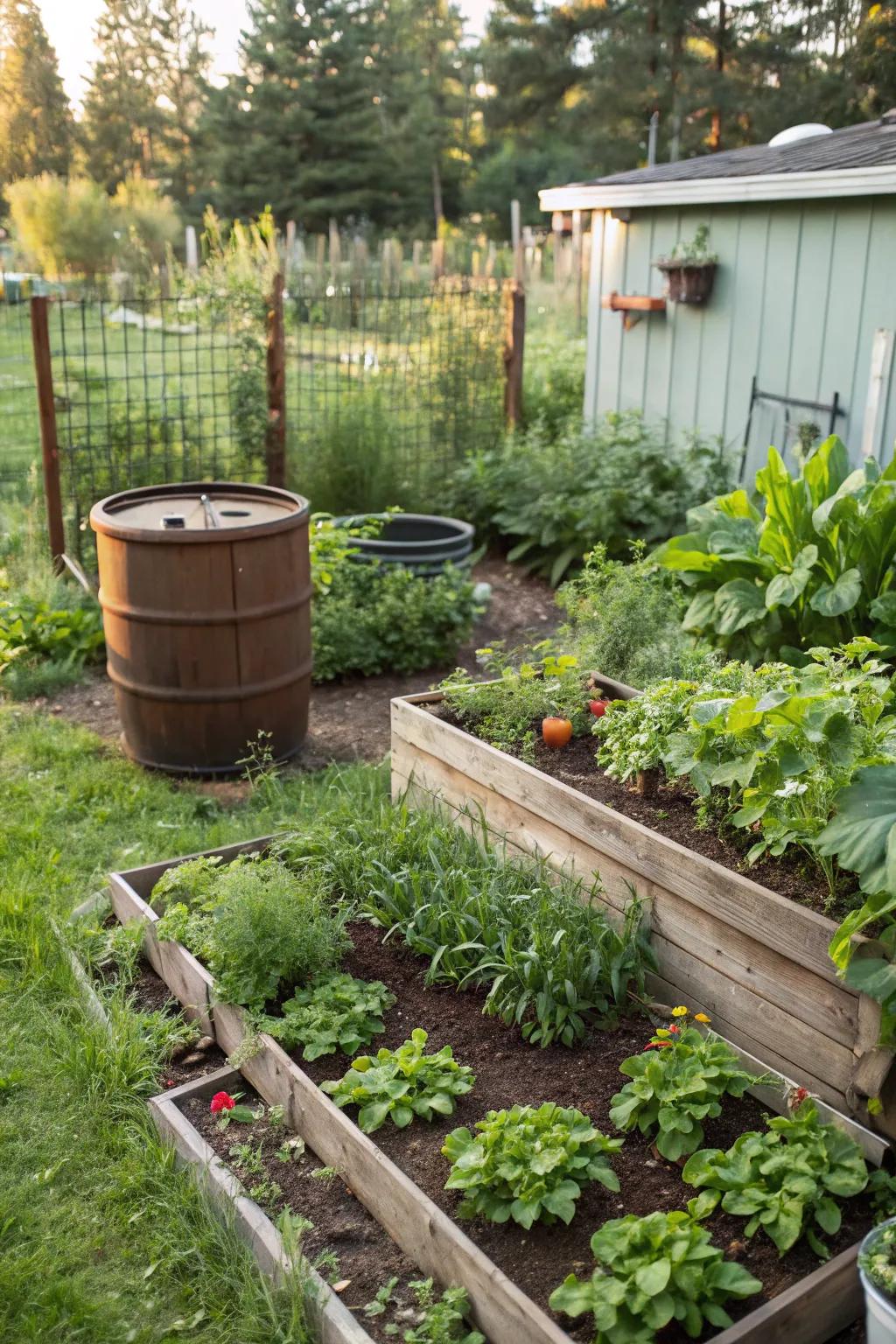
Set up a small composting area to recycle garden waste and enrich your soil. This eco-friendly practice has been a fantastic way to keep my garden healthy and sustainable.
May just do the trick:
- Compost Tumbler: Easily convert kitchen scraps into nutrient-rich compost for your garden without the mess.
- Compost Aerator Tool: Enhance oxygen flow and speed up the composting process with this simple aerating tool.
- Compostable Bags: Collect kitchen waste easily with bags that break down right in your compost bin.
2. The Seasonal Starters Plot
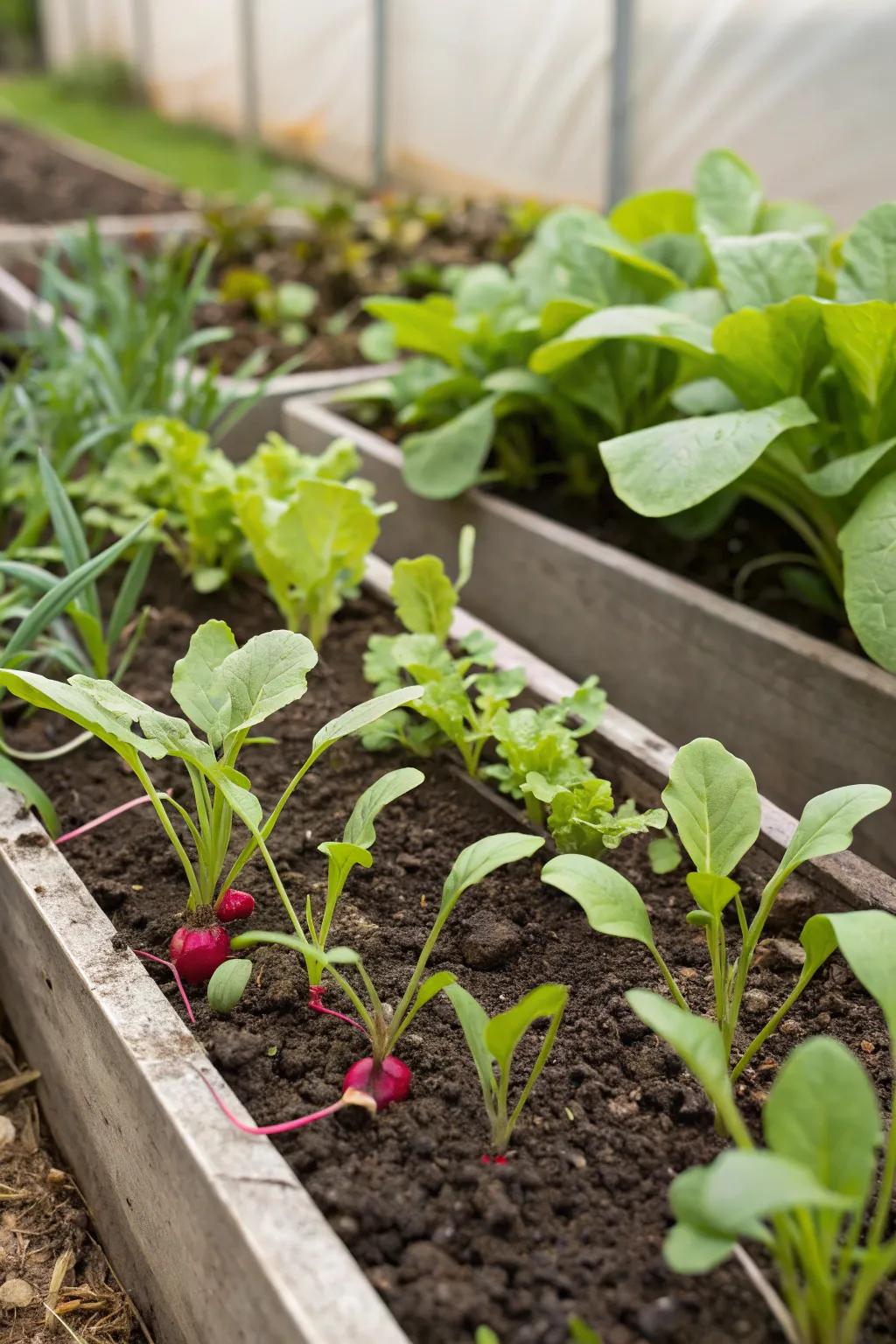
Designate a section for seasonal starters like radishes and spinach to enjoy fresh, early harvests. This idea has been a game-changer for getting quick rewards from my garden.
A few helpful options:
- Raised Garden Bed Kit: Easily organize your seasonal crops with this sturdy raised bed kit for efficient planting.
- Organic Radish Seeds: Kick-start your garden with high-quality organic radish seeds for a quick, early harvest.
- Premium Garden Soil: Boost your crop production with nutrient-rich garden soil perfect for seasonal vegetables.
3. Succession Planting Strategy
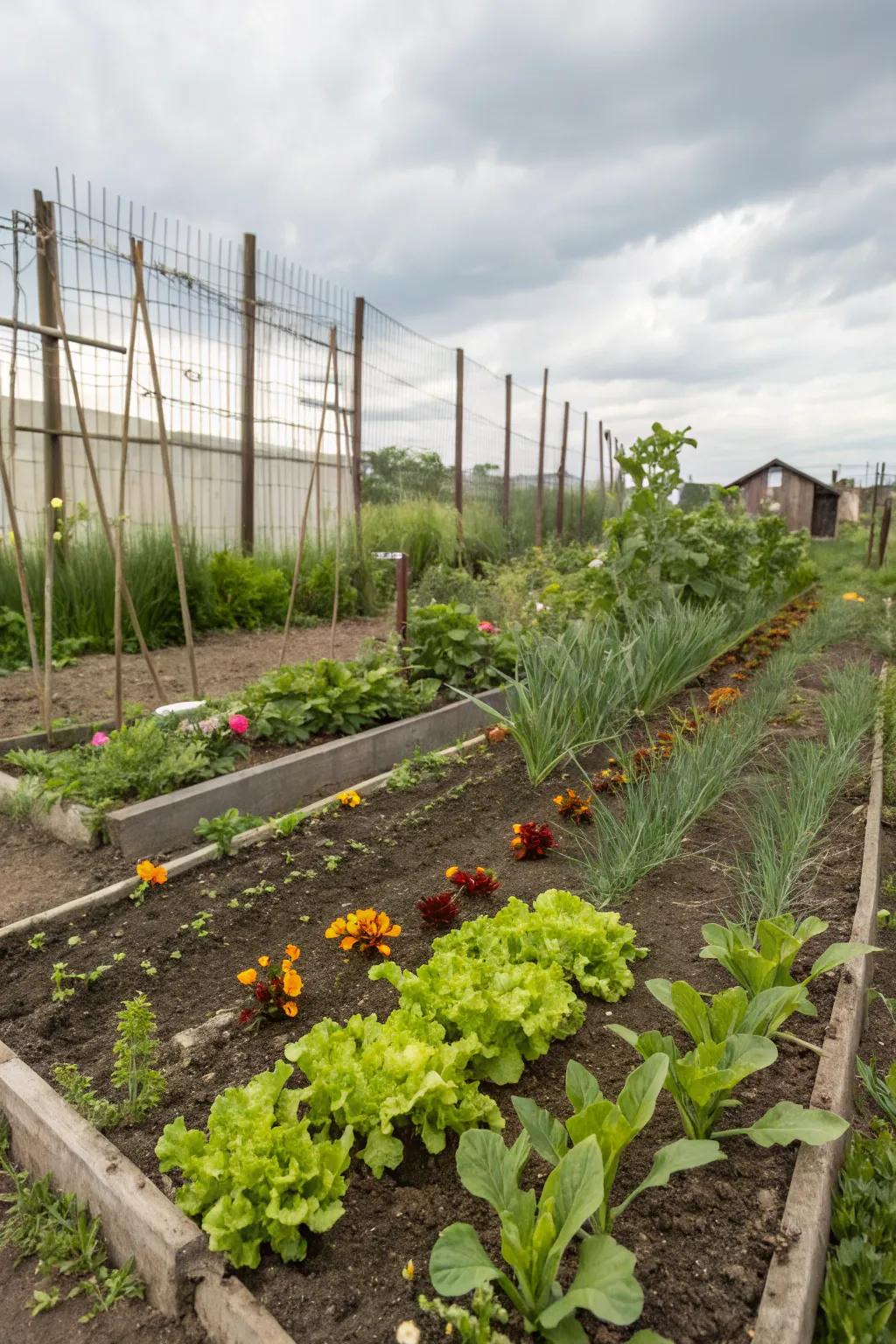
Plan for succession planting by rotating crops to ensure continuous harvests throughout the seasons. I’ve found this method keeps my garden producing without gaps, making the most of the space.
These products might help:
- Garden Seed Variety Pack: Boost your harvest with diverse seeds perfect for rotating and ensuring continuous fresh produce.
- Raised Garden Bed Kit: Maximize planting space efficiency with a durable raised bed, ideal for organized crop rotation.
- Garden Planner Journal: Stay organized with a garden planner to track planting schedules and rotation plans seamlessly.
4. Companion Planting Plot
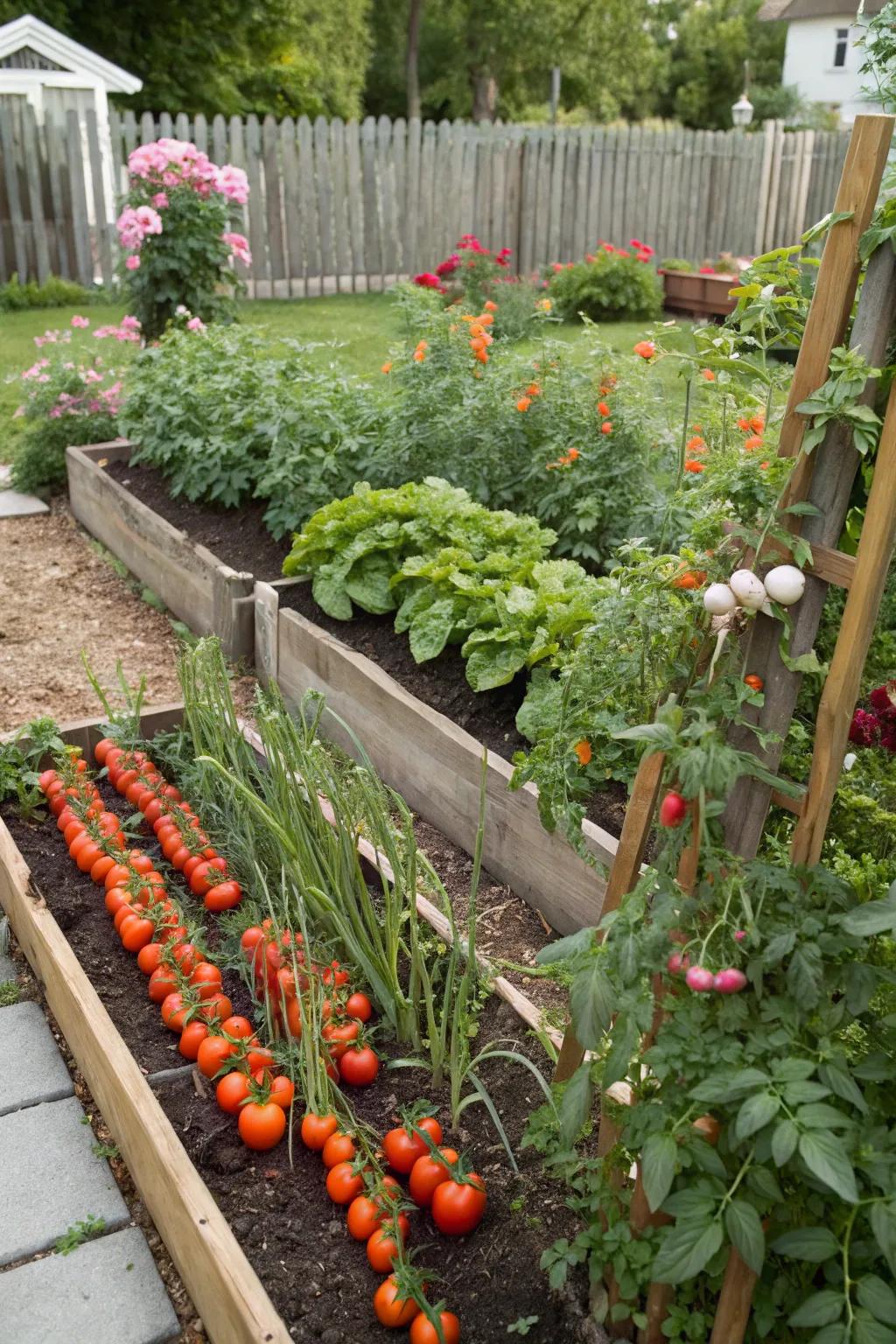
Pair plants that benefit each other, like tomatoes with basil or carrots with onions, to enhance growth and deter pests. In my experience, this symbiotic approach results in healthier plants and tastier harvests.
A few suggestions:
- Organic Vegetable Seeds Kit: Kickstart your garden with this organic vegetable seeds kit for healthy, pest-resistant growth.
- Raised Garden Bed Planter: Enhance your garden layout with a durable raised bed, perfect for effective companion planting.
- Natural Pest Control Spray: Protect your companion plants from pests with an easy-to-use natural pest control spray.
5. Container Cornucopia
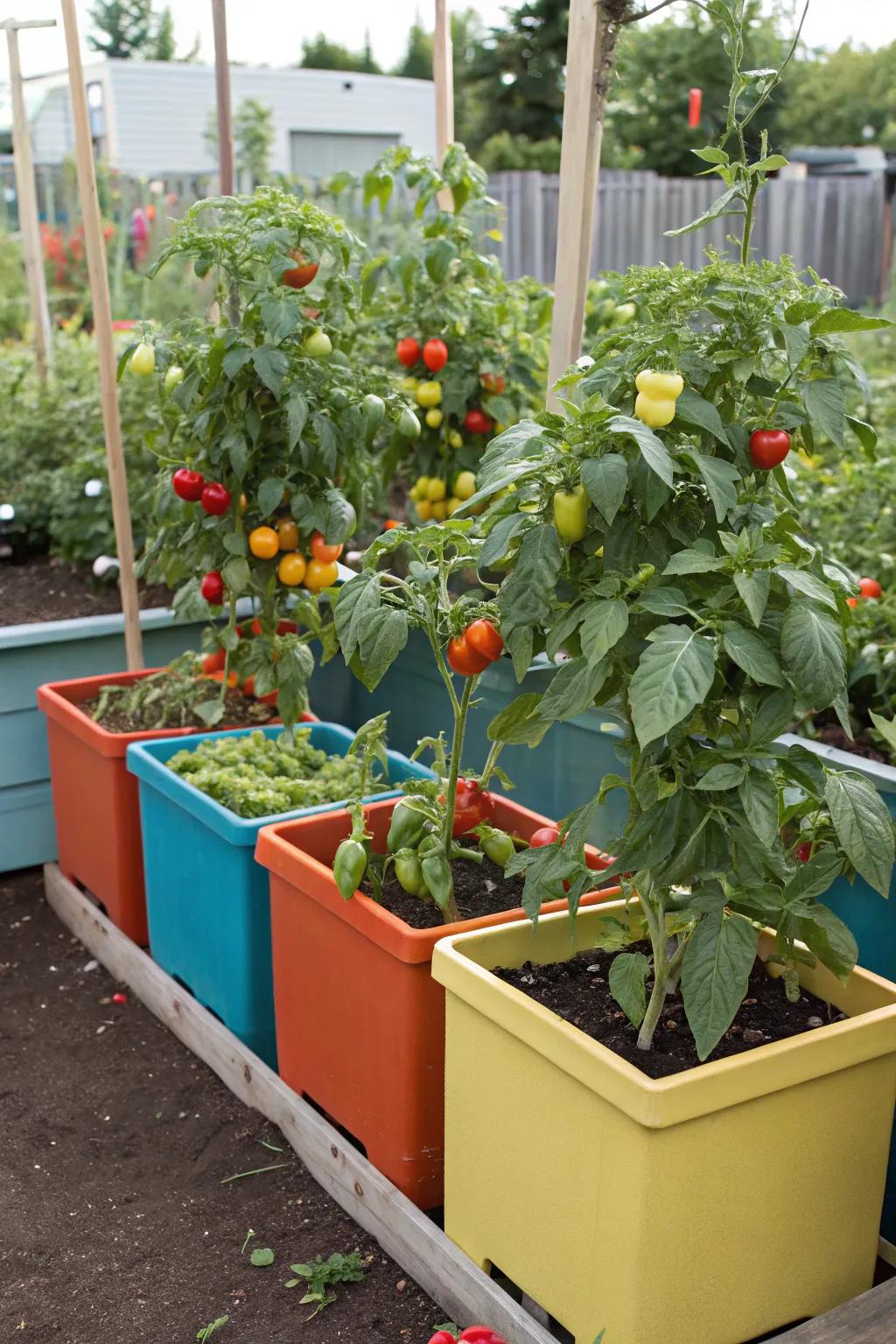
Incorporate containers to add flexibility and variety, allowing you to move plants as needed. This approach has added so much versatility to my gardening setup, especially with limited space.
Maybe worth checking out:
- Colorful Plant Containers: Brighten your space and add flexibility by easily moving plants as needed. Add variety today!
- Self-Watering Planters: Keep your plants hydrated with minimal effort. Discover ease in container gardening now!
- Stackable Gardening Pots: Maximize space by stacking pots vertically. Perfect for small gardens. Try them in your garden!
6. The Raised Bed Retreat
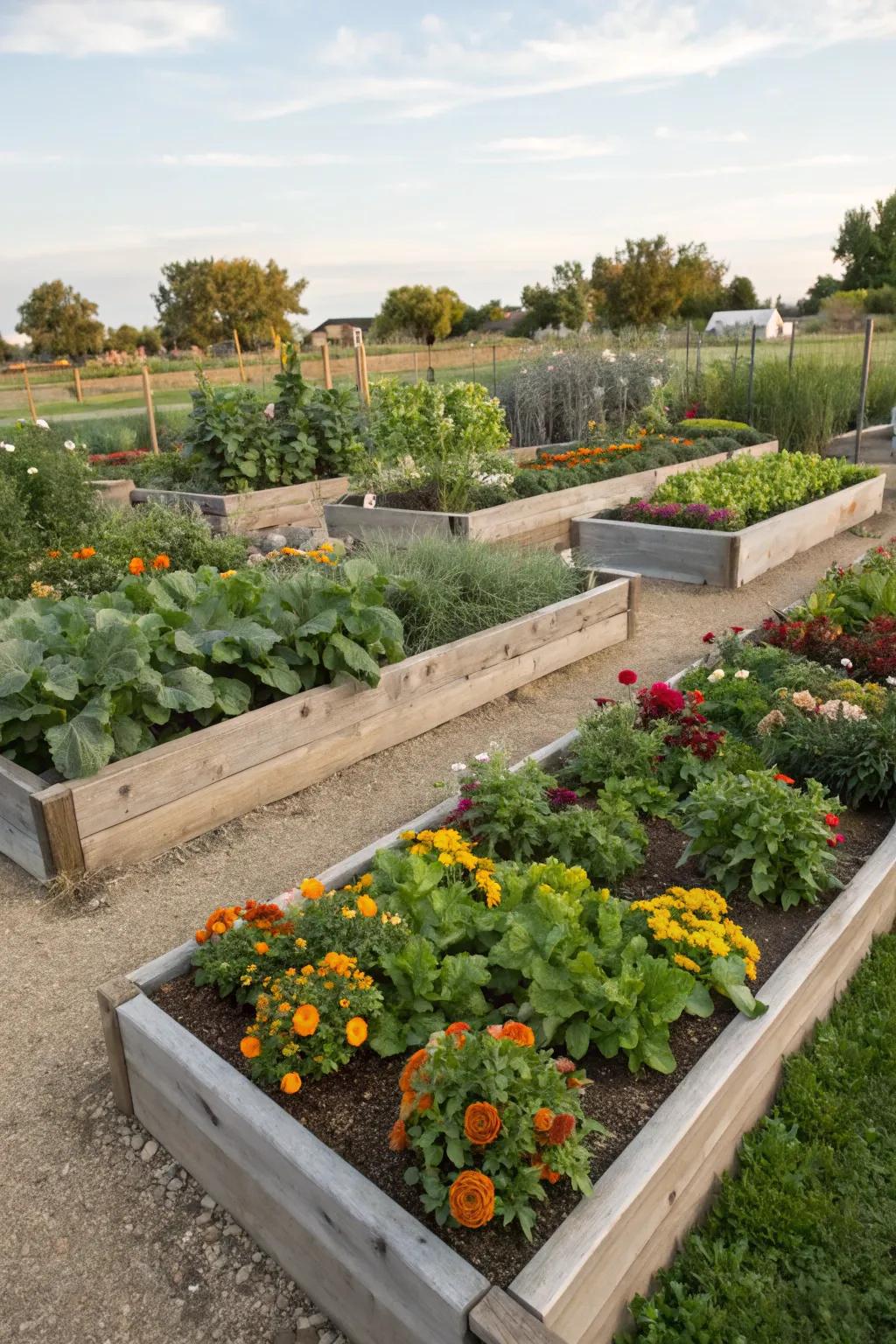
Utilize raised beds to improve drainage and soil quality while organizing your plants in a structured manner. I’ve installed a couple of these in my garden, and they are perfect for a tidy and efficient planting layout.
Consider these options:
- Wooden Raised Garden Bed Kit: Elevate your garden with ease using this durable wooden raised bed kit! Perfect for organized planting.
- Premium Potting Soil Mix: Enhance plant growth by filling your raised beds with this nutrient-rich potting soil mix.
- Garden Bed Divider Grids: Keep your plants organized with these handy garden bed divider grids. Easy plant management!
7. The Gourmet Chef’s Patch
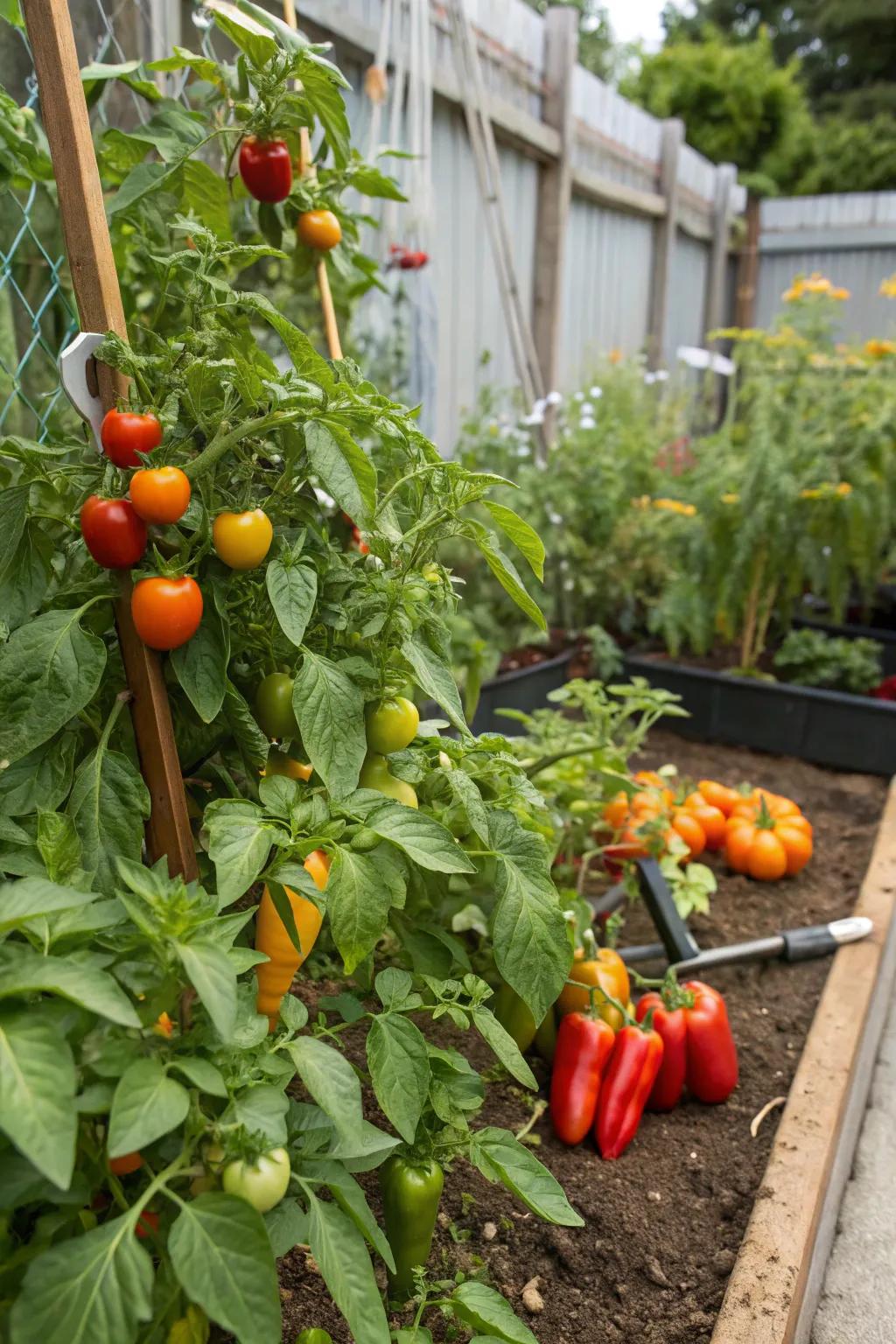
Focus on high-value culinary plants like heirloom tomatoes and gourmet peppers for your cooking endeavors. This patch in my garden makes every meal feel like a special occasion.
These products might be useful:
- Heirloom Tomato Seed Kit: Grow delicious heirloom tomatoes in your garden and enhance every meal with fresh flavors.
- Organic Gourmet Pepper Seeds: Cultivate gourmet peppers for your recipes and bring a unique taste to every dish.
- Premium Garden Trellis: Support your plants with a durable trellis, ensuring optimal growth and easy harvests.
8. The Kid’s Adventure Garden
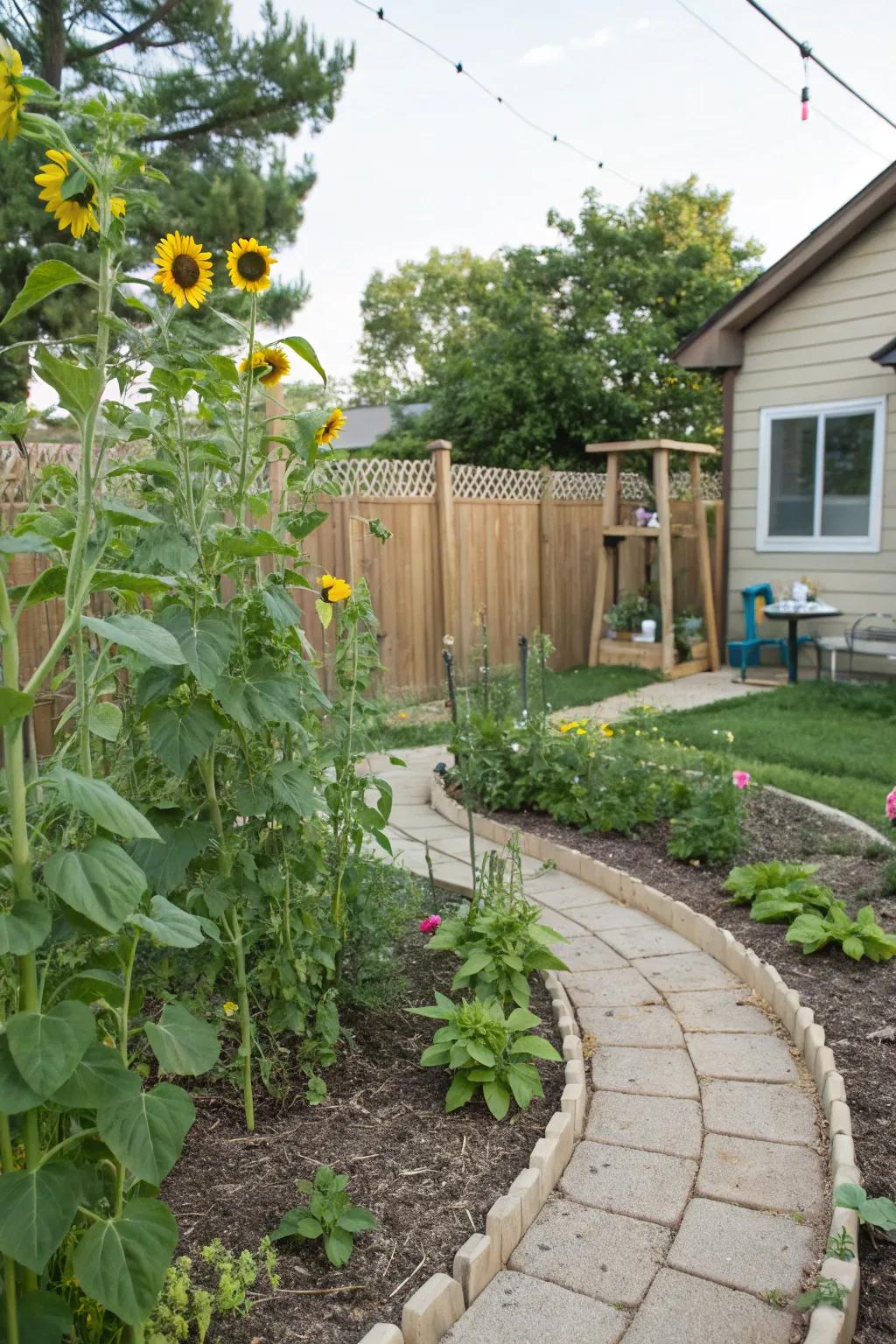
Create a whimsical space with fun plants like sunflowers and peas that kids can grow and explore. My niece loves her little patch where she gets hands-on with nature.
Possibly helpful picks:
- Kid’s Gardening Tool Set: Equip your little gardener with tools perfect for digging, planting, and fun outdoor adventures.
- Sunflower & Pea Seed Pack: Start an exciting growing journey with vibrant sunflowers and delicious peas, ideal for kids.
- Colorful Plant Markers: Add a splash of color and organization to your garden with fun, waterproof plant markers.
9. The Edible Landscape
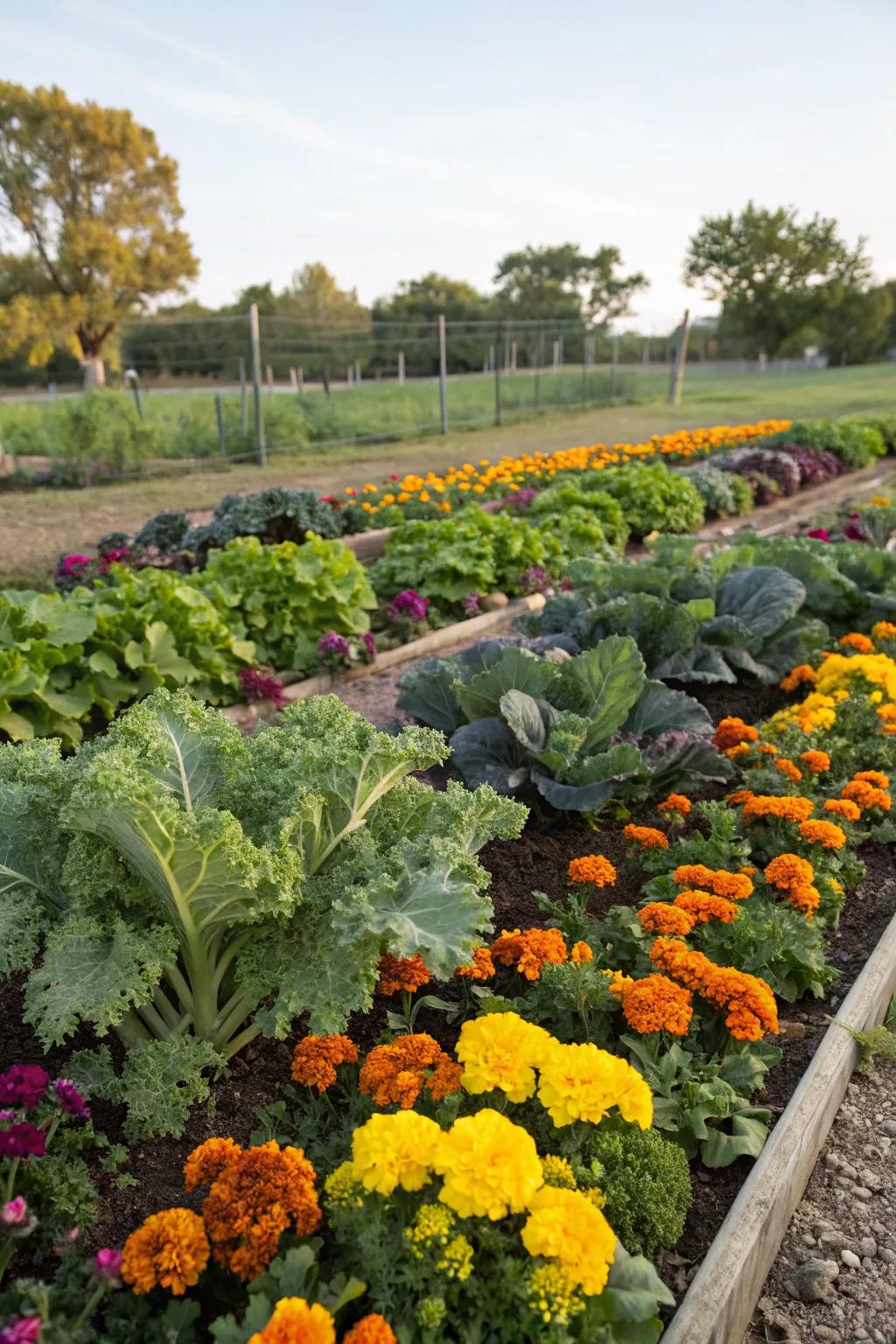
Mix edible plants like kale and lettuce with ornamental flowers for a visually stunning and productive garden. This blend in my backyard creates a feast for both the eyes and the palate.
A few choices to try:
- Raised Garden Bed Kit: Elevate your gardening with an easy-assemble raised bed for maximum plant health and growth.
- Organic Vegetable Seeds Pack: Start your edible landscape with a variety of organic seeds for fresh, homegrown produce.
- Garden Hand Tools Set: Equip yourself with essential tools for planting and maintaining your beautiful garden easily.
10. The Herb Haven
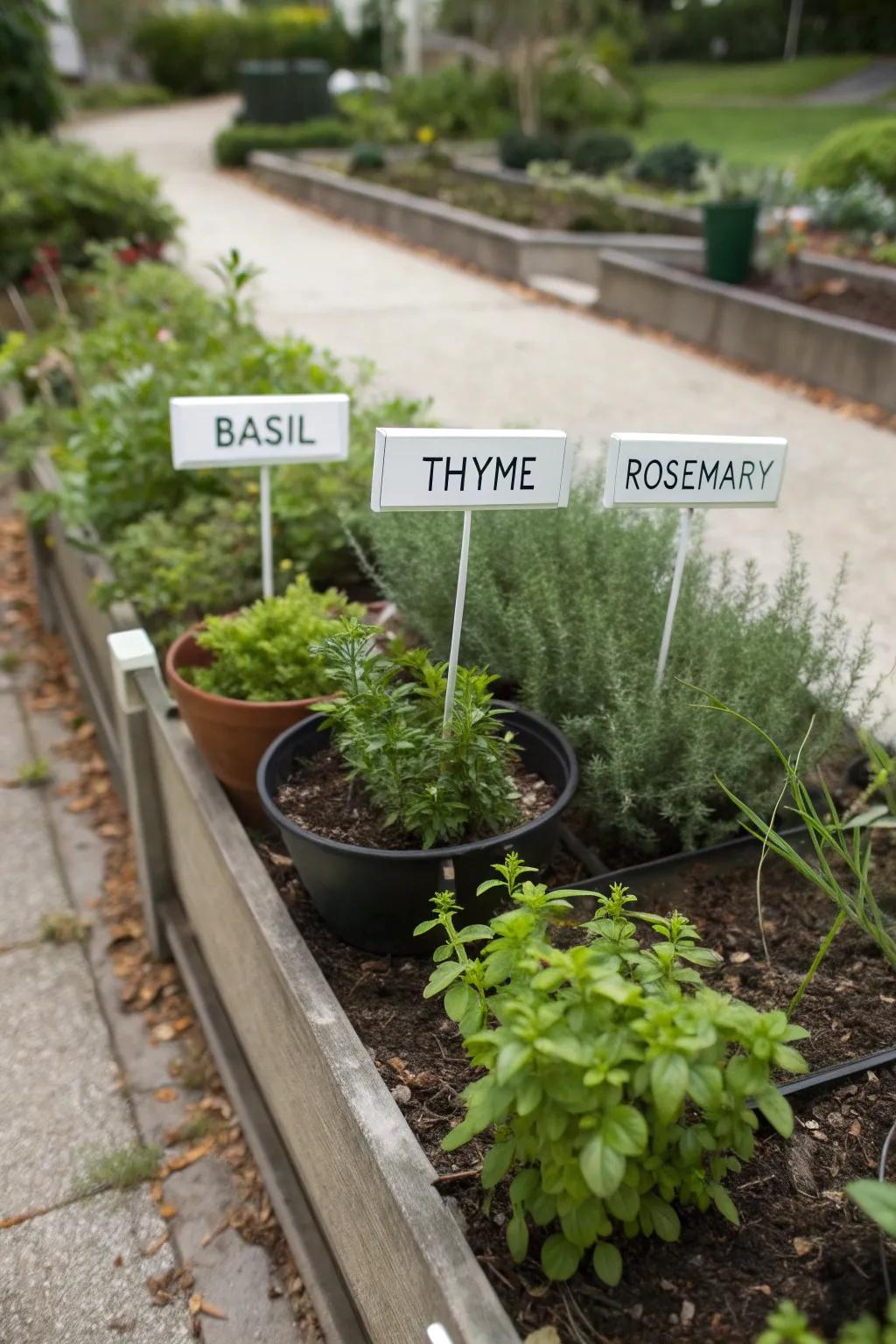
Dedicate a corner of your garden to a herb garden, planting basil, thyme, and rosemary for a constant supply of fresh flavors. In my garden, this small herb section not only smells divine but is incredibly practical for daily cooking.
Might be a good match:
- Herb Garden Planter Box: Enhance your herb garden with a stylish planter box for organized and thriving plants.
- Herb Garden Soil Mix: Ensure optimal growth with a specialized soil mix made for thriving herbs.
- Herb Garden Starter Kit: Kickstart your culinary garden with a convenient herb starter kit for beginners.
11. The Shade Lovers’ Corner
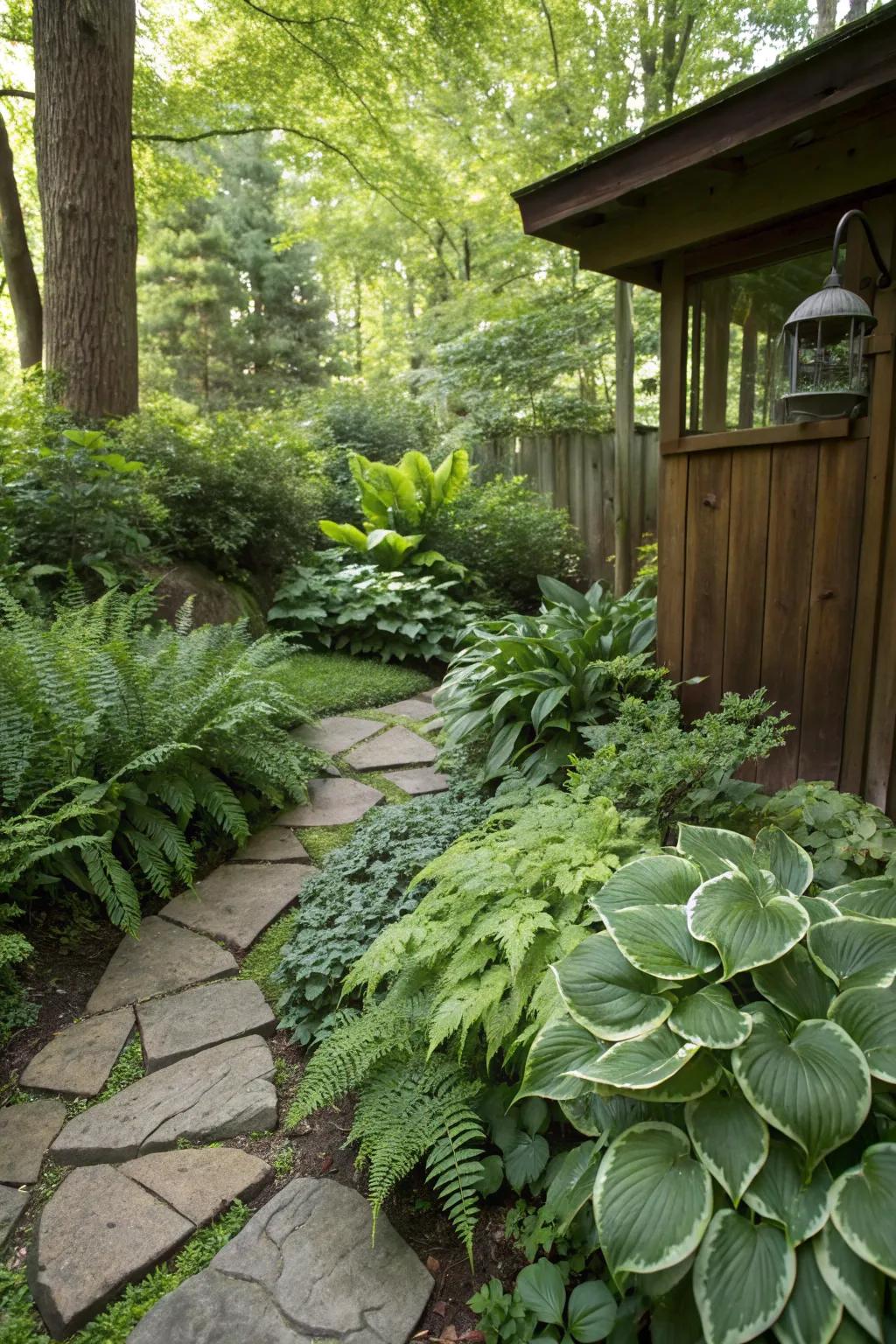
Use shadier spots for plants that prefer less sun, such as ferns and hostas, to add diversity. In my garden, this shaded corner is a lush green retreat during the hottest days.
Check these products out:
- Decorative Garden Pathway Lights: Illuminate your shaded retreat elegantly and add ambiance with energy-efficient solar pathway lights.
- Moisture Control Potting Mix: Ensure your ferns and hostas thrive by using specially formulated moisture control potting mix.
- Weatherproof Garden Bench: Relax in your shady retreat with a durable, weatherproof bench for year-round enjoyment.
12. The Colorful Cutting Garden
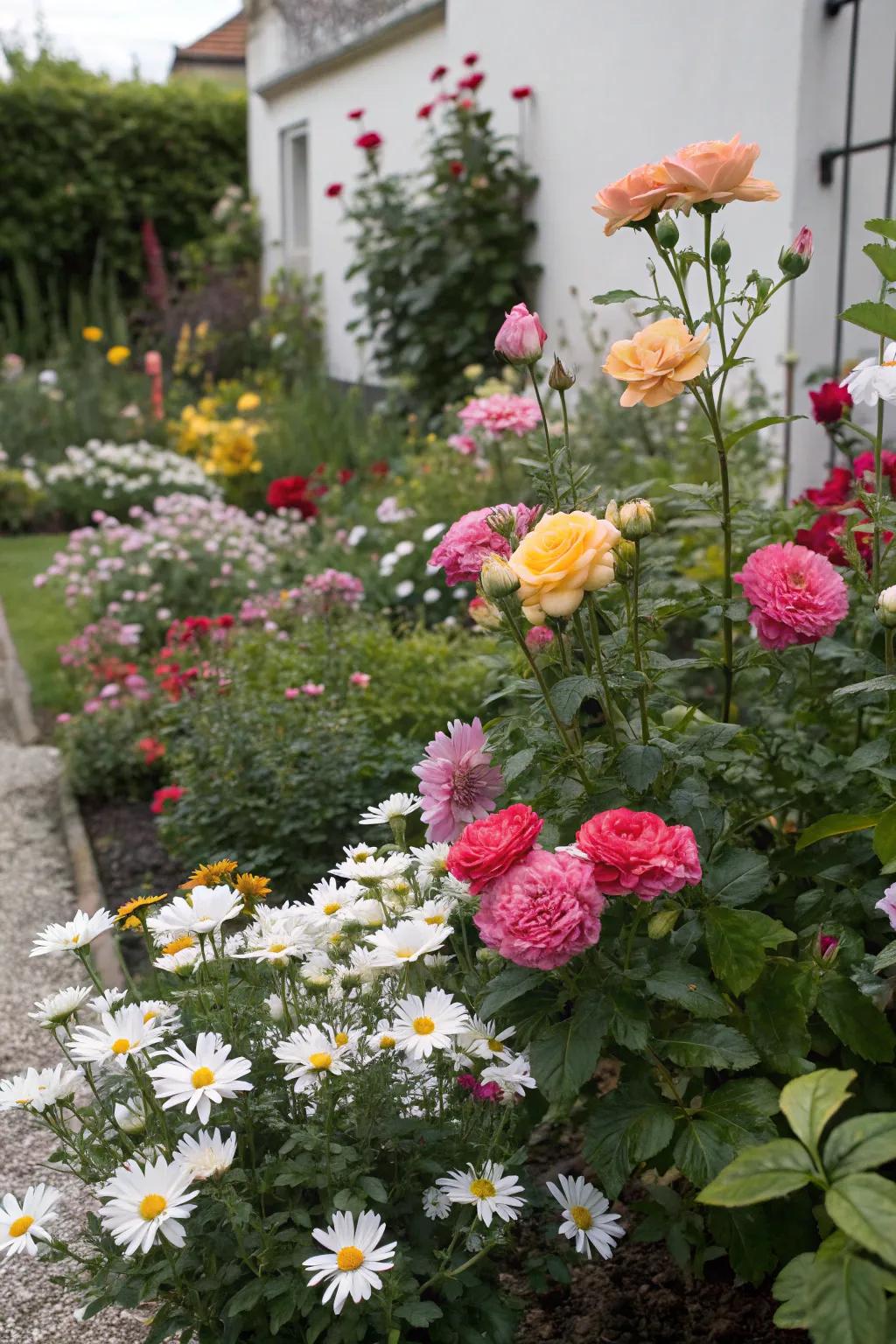
Grow a variety of flowers for cutting, so you always have a fresh bouquet at home. I adore having a cutting garden; it’s like bringing a piece of my garden indoors.
A few things you might like:
- Flower Gardening Tool Set: Enhance your gardening experience with high-quality tools for easy planting and maintenance.
- Assorted Flower Seed Packets: Start your cutting garden effortlessly with a variety of colorful flower seeds.
- Decorative Flower Vases: Showcase your freshly cut flowers in stylish vases that complement your home decor.
13. The Night Bloomers’ Delight
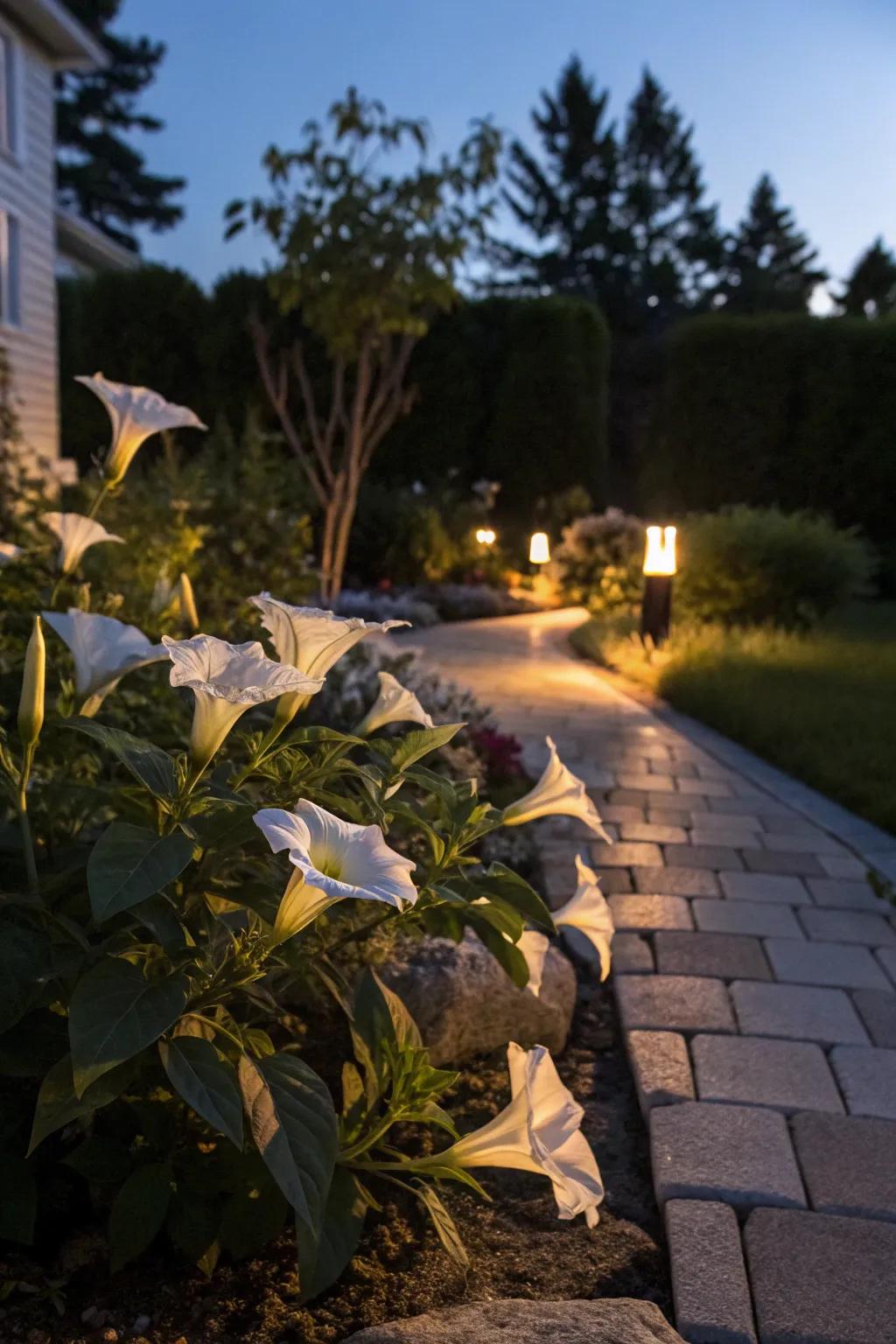
Plant night-blooming flowers like moonflowers and evening primrose for a magical evening display. Watching my garden transform at night is one of my favorite experiences.
Try these:
- Solar Garden Pathway Lights: Illuminate your night garden with eco-friendly solar lights for a serene and magical atmosphere.
- Moonflower Seeds: Plant moonflower seeds to enjoy their enchanting blooms and sweet scent during nighttime.
- Evening Primrose Seeds: Grow evening primrose for vibrant colors and a captivating evening garden experience.
14. The Zen Garden Nook
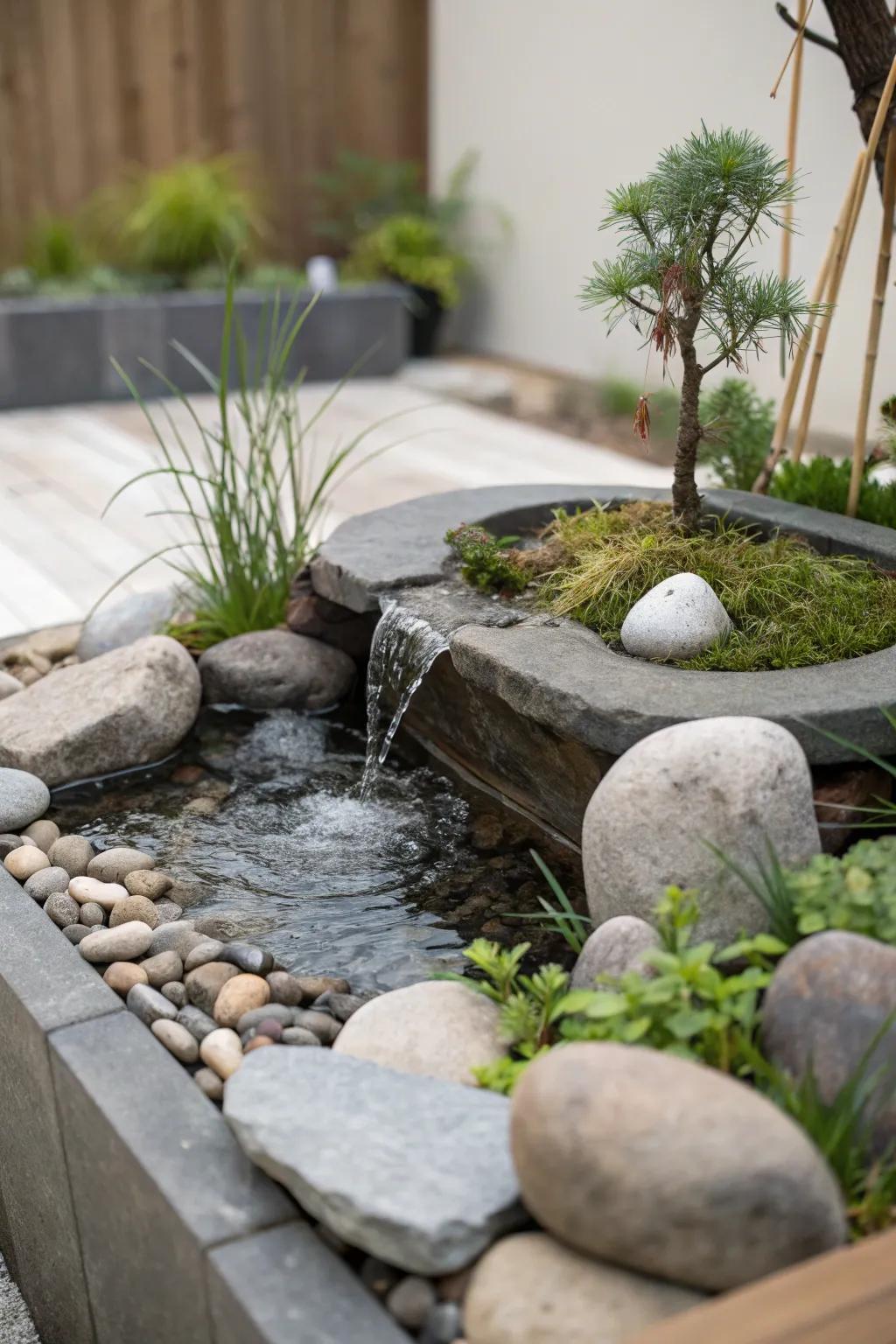
Reserve a small area for a zen garden with calming features like stones and a water element. This tranquil spot in my garden is where I love to unwind after a hectic day.
You might like:
- Outdoor Water Fountain: Add soothing water sounds to your garden for ultimate relaxation. Enhance serenity today.
- Decorative River Rocks: Create a natural look with decorative river rocks. Perfect for enhancing your Zen garden space.
- Bonsai Tree Kit: Grow your own bonsai for a personalized touch in your Zen garden. Start nurturing peace now.
15. The Water-Wise Garden
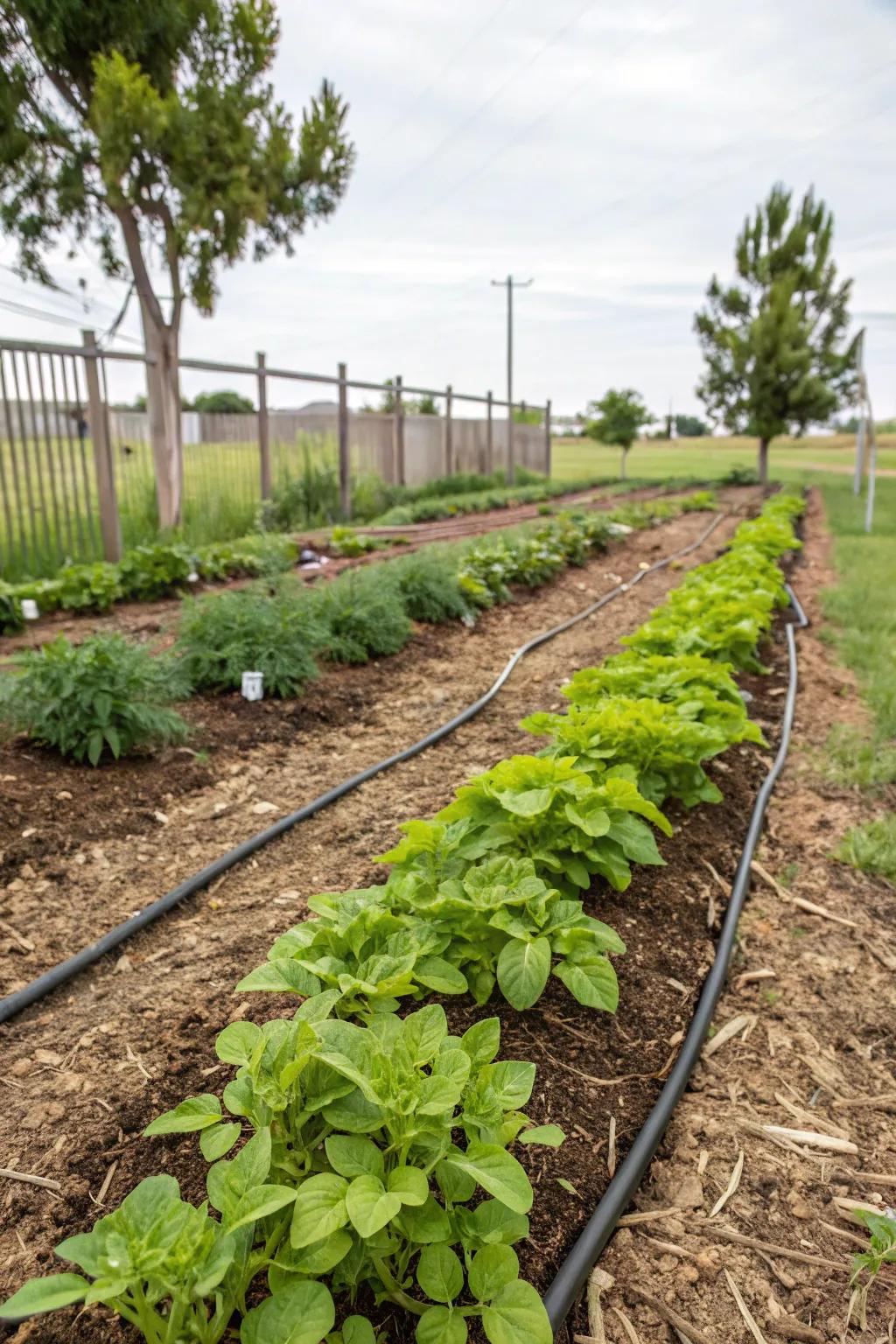
Implement water-saving techniques like drip irrigation or mulch to conserve moisture. I’ve made my garden more sustainable by focusing on efficient water use, and it’s paid off in spades.
Some handy options:
- Drip Irrigation Kit: Easily implement precise watering with a drip irrigation kit for optimal garden hydration.
- Biodegradable Mulch: Use biodegradable mulch to retain soil moisture and improve your garden’s sustainability.
- Soaker Hose: Install a soaker hose for even water distribution, reducing waste and improving growth.
16. The Vertical Wonderland
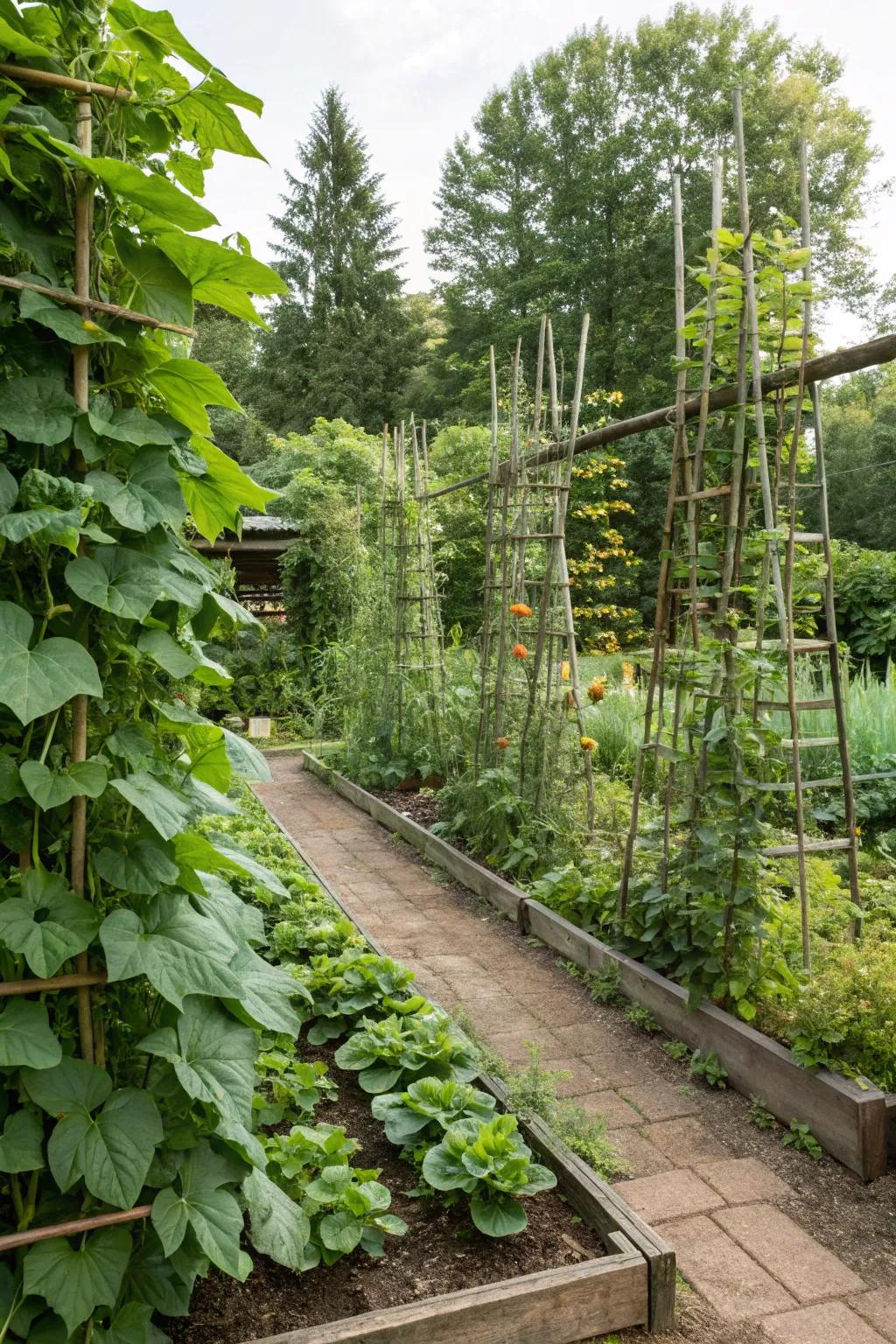
Using trellises or vertical planters, you can grow vines and climbers like cucumbers or beans, freeing up valuable ground space. I’ve found that this method not only maximizes planting area but also adds a lovely height dimension to the garden.
Explore these options:
- Garden Trellis for Climbing Plants: Elevate your garden’s beauty and efficiency with sturdy trellises for vibrant climbers.
- Vertical Wall Planter: Maximize space with stylish vertical planters, perfect for growing herbs and flowers.
- Expandable Plant Support: Enhance plant growth with versatile, adjustable supports for all your climbing plants.
17. The Sensory Experience Garden
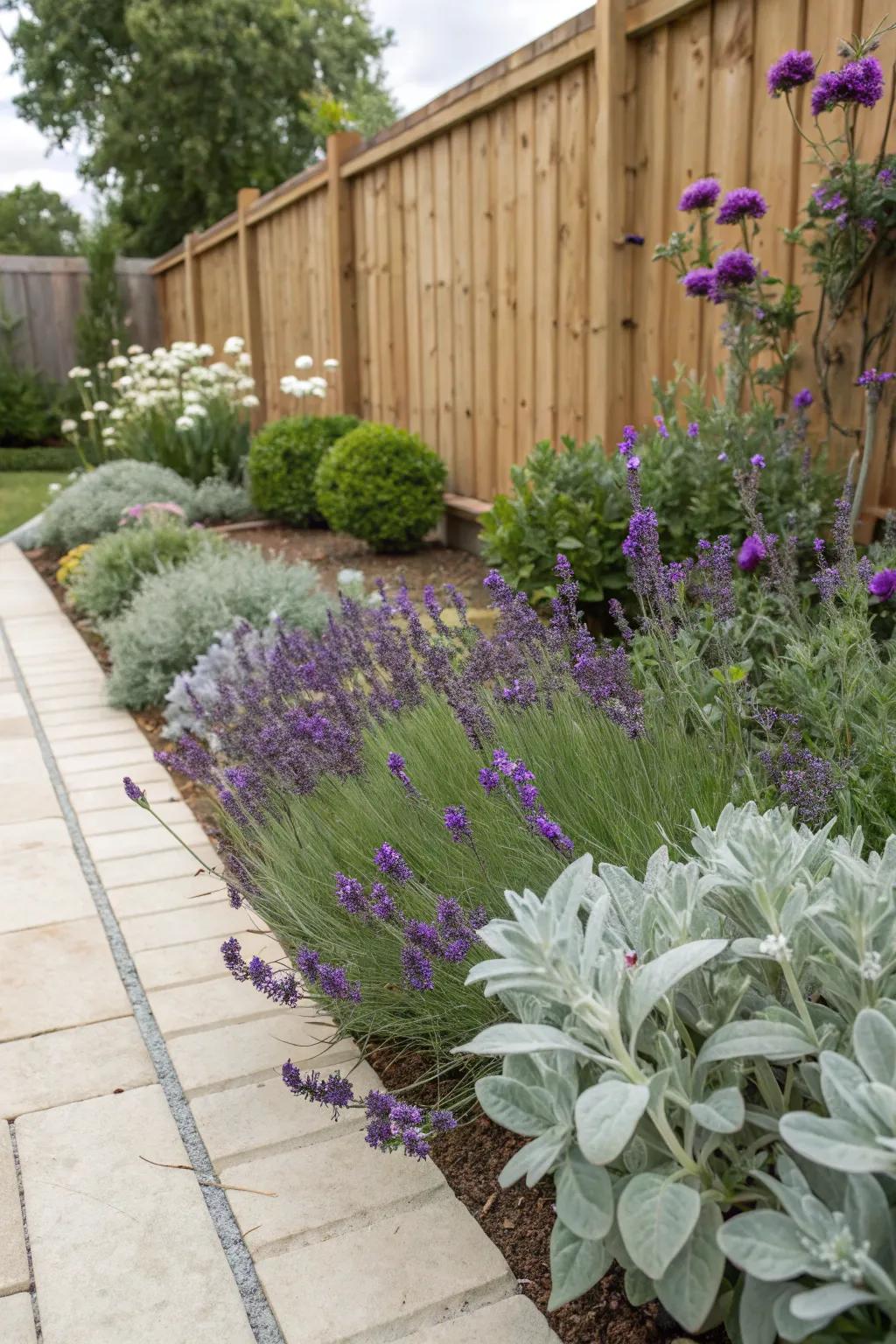
Design a section with plants that stimulate the senses, such as lavender for scent and lamb’s ear for touch. In my garden, these sensory elements create a truly immersive experience.
Possibly handy products:
- Lavender Essential Oil: Enhance your garden’s aroma with soothing lavender essential oil. Experience tranquility in your space.
- Gardening Starter Kit with Lamb’s Ear: Create lush textures with a Lamb’s Ear kit. Engage your garden’s tactile appeal instantly.
- Outdoor Wind Chimes: Add a melodic dimension to your garden with soothing wind chimes. Elevate your sensory experience.
